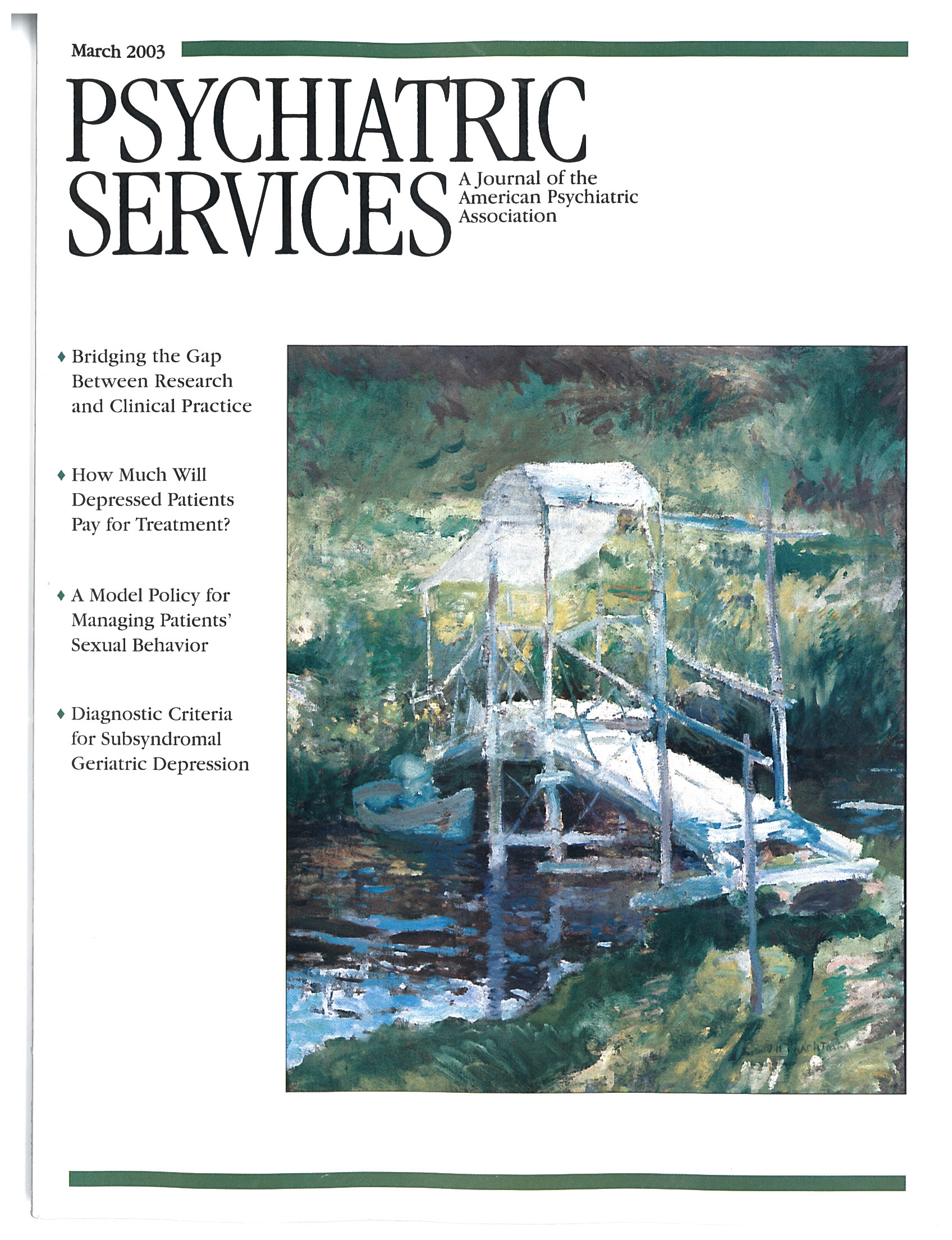Differences Between Patient and Staff Perceptions of Aggression in Mental Health Units
Abstract
OBJECTIVE: This study examined the views of patients and staff involved in incidents of aggression to help understand emotions experienced, perceptions of causes, and recommendations for ways of reducing the frequency of aggression. METHODS: A total of 29 staff and 29 patients from four psychiatric inpatient units who were involved in 47 incidents of aggression over a four-month period were interviewed shortly after the incidents. RESULTS: Significant differences were found between staff and patient perceptions of the causes of aggression and recommendations for reducing it. Many staff members perceived the patient's illness as the cause of the aggression and believed that, to manage aggression, changes in medication were largely indicated. In contrast, patients perceived illness, interpersonal factors, and environmental factors as being almost equally responsible for their aggression, and nearly all patients emphasized the need for improved staff-patient communication and more flexible unit rules in helping reduce aggression. Patients and staff were generally satisfied with the way the aggressive incidents were managed, but more staff than patients had an opportunity to debrief. CONCLUSIONS: Staff and patients had different perceptions of causes of aggression and ways to reduce it. Staff supervision and training should highlight the need for understanding patients' perspectives.



